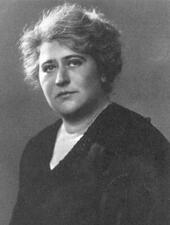Politics and Government: Zionism
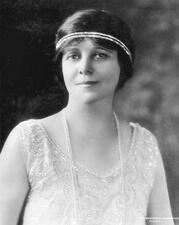
Sophie Irene Simon Loeb
At a time when widowed mothers often had no way to support their children, Sophie Irene Simon Loeb helped create support systems for needy children and their mothers. Loeb was one of many women to enter the political arena through reform work, using her life experience and a personalized approach.

Hildegard Löwy
Born in 1922, Hildegard Löwy was the youngest member of the Baum Gruppe, a mainly Jewish resistance group against the Nazis. She had firm Zionist and pacifist principles and believed communism was the best way for Jews to obtain equal rights. Arrested in April 1942, Löwy tried to escape from prison but was ultimately convicted of Communist treason and executed in a Berlin prison.
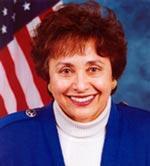
Nita M. Lowey
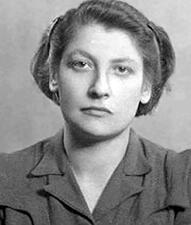
Zivia Lubetkin
Zivia Lubetkin was an important member of the underground resistance movement in Poland during World War II, and later an active member of the United Kibbutz Movement in Palestine.

Hannah Maisel-Shohat
Combining her zeal for the Zionist movement and her extensive education in agriculture, Hannah Maisel-Shohat dedicated herself to the establishment of women’s farms and agriculture education programs in Palestine in the 1920s.
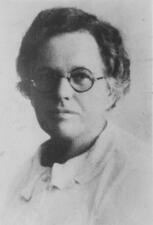
Sarah Malkhin
Sarah Malkhin was among the first women agricultural laborers to arrive in Palestine during the the Second Aliyah. Through efforts to establish new kinds of agricultural settlements founded on ideals of emancipation and independence, Malkhin and her colleagues clashed with veteran settlers of the Old Yishuv.
Judith Pinta Mandelbaum
Judith Pinta Mandelbaum was an important part of the Mizrachi Women’s Organization of America (American Mizrachi Women) from the 1930s until shortly before her death in 1977, by which time the organization was known as AMIT. She also achieved professional acclaim as an outstanding teacher and is remembered fondly as a woman with a wonderful sense of humor and a rich family life.
Martha Tamara Schuch Mednick
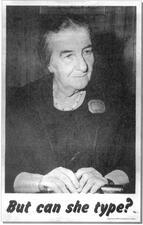
Golda Meir
A direct, no-nonsense politician who participated in Israel’s governance from its independence onward, Golda Meir served as Israel’s first female Prime Minister through the turbulent period of the Yom Kippur War.
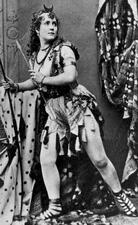
Adah Isaacs Menken
In her short but remarkable life, actress Adah Isaacs Menken became legendary for her scandalous defiance of convention. One of the most glamorous celebrities of the 1860s, Menken also cultivated a literary following. She wrote poetry and developed relationships with Walt Whitman and Charles Dickens, among others.
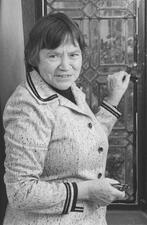
Dorothee Metlitzki
The work of multilingual historian Dorothee Metlitzki showed the importance of Arab contributions to Western thought and the progression of ideas across the entire expanse of the medieval world. Reflecting her academic pursuits, she lived all over Europe, the United States, and the Middle East, learning, teaching, and spreading ideas.
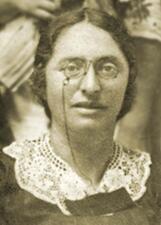
Fania Metman-Cohen
Fania Metman-Cohen set up the first Hebrew kindergarten in Odessa in 1899. In 1905, she and her husband helped establish Palestine’s first Hebrew high school in Jaffa – the Herzilya Gymnasia. Metman-Cohen was also a key figure in the Union of Hebrew Women for Equal Rights in Erez Israel.
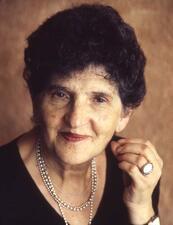
Mexico
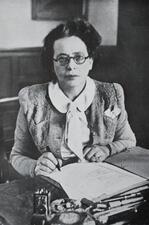
Sarah Gertrude Millin
Mizrahi Feminism in Israel
Mizrahi feminism goes beyond the typical western scope of feminism to include the history and issues that concern women in the Middle East in Israel and in Arab and Muslim countries. An intersectional feminism, it is particularly sensitive to issues of race, class division, immigration, and ethnic discrimination.
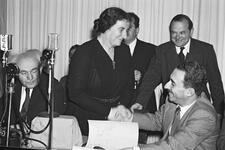
Mo'ezet Ha-Po'alot (Council of Women Workers)
The Mo’ezet Ha-Poalot was founded in 1921 as the women’s branch of the Histadrut, the General Federation of Workers in mandatory Palestine. In the name of women workers, the organization struggled for many years for equality in the eyes of the Histadrut, though it ultimately came to represent more broadly the interests of Jewish women in Palestine and Israel, including immigrants and housewives.

Kadya Molodowsky
Kadya Molodowsky was a major figure in the Yiddish literary scene in Warsaw (from the 1920s through 1935) and in New York (from 1935 until her death in 1975). She published extensively in many genres, including poetry, fiction, drama, and essays, and founded and edited two journals. Recurrent themes in her work include the lives of Jewish women and girls Jewish tradition in the face of modernity, Israel, and the Holocaust.
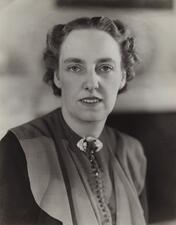
Eva Violet Mond Isaacs, Second Marchioness of Reading
Lady Eva Violet Mond Isaacs, Marchioness of Reading, was born into one remarkable family and married into another. She occupied a unique place in Anglo-Jewry; as Vice President of the World Jewish Congress and President of its British section she was an eloquent and vocal supporter of the Zionist cause and the young state of Israel.
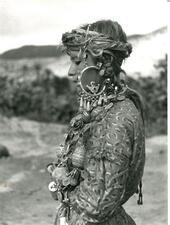
Morocco: Nineteenth and Twentieth Centuries
The Moroccan Jewish community was the largest Jewish community in North Africa during the nineteenth and twentieth centuries. The status of Moroccan Jewish women was affected by a variety of factors, including a patriarchal order and social changes brought about by economic development, urbanization, and contact with European countries.
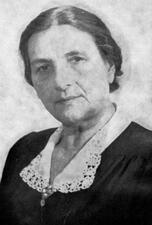
Moshavah

Anitta Müller-Cohen
Yocheved [Judith] Herschlag Muffs
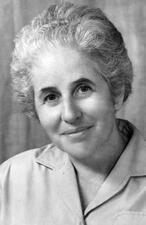
Shulamith Nardi
Shulamith Nardi helped shape relations between Jews and gentiles in the fledgling State of Israel through her writing and editing for several Zionist publications, her analysis of Jewish literature, and her work as advisor on Diaspora affairs to four Israeli presidents.
Rachel Natelson
As a young girl, Rachel Natelson corresponded with an uncle who had been studying with Henrietta Szold. From him, she learned about Palestine and the Zionist movement. These exchanges were to lay the foundation for her extraordinary life as a leader on behalf of the Zionist cause—including being one of the founding members of Hadassah, the Women’s Zionist Organization of America.
